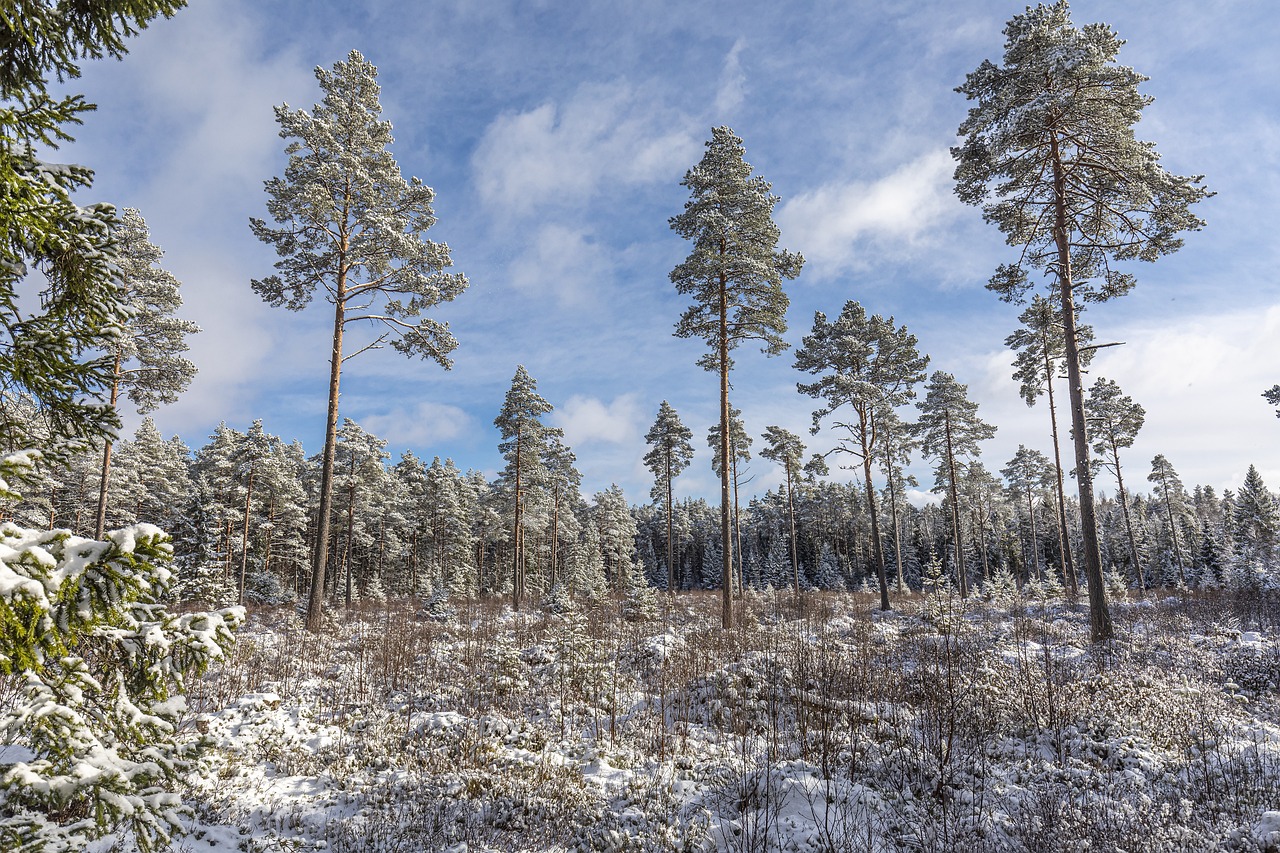
The taiga is a type of jungle typical of Siberia and the Russian north.
The taiga is the type of forest characteristic of Siberia and northern Russia , which borders the steppe (to the south) and the tundra (to the north). This biome is made up of conifers and has a frozen subsoil. With very specific exceptions, this term is usually used synonymously with boreal forest .
The taiga can be confused with coniferous forests or Russian boreal forests . In Canada we speak of boreal forest to name the southern region of the ecosystem , leaving the notion of taiga to refer only to the vegetation closest to the Arctic .
Features of the taiga
The taiga is an ecosystem that, in general, is little altered by human action since the soils are not suitable for the development of agriculture , and the climate exhibits extreme conditions. Logging and mammal hunting cause the greatest damage to this biome.
The average temperature of the taiga is between 0ºC and 5ºC . Winter, obviously colder, is usually short. Precipitation in the taiga is scarce: between 160 and 320 millimeters annually . It is common that, due to the climate, the water remains frozen for several months.
As for fauna, the predominant animals in the taiga are the wolf, the fox, the brown bear , the reindeer and the elk. Birds often migrate to warmer latitudes during the winter. It is worth noting that many taiga animals hibernate for several months. The abundant fat reserves and dense fur make life easier for mammals in these regions with a very cold climate.

The taiga is important in climate conservation.
Climate conservation
The numerous debates about forest protection revolve around regrettable pictures of immense trees collapsing in tropical areas, but in temperate and low-temperature regions, forests also play a fundamental role in climate conservation.
The taiga represents more than a third of the forest area of our planet , and around 60% of these forests are located on Russian soil; It is alarming to know that less than 3% of them enjoy effective protection. For this reason, the international organization called the Taiga Rescue Network is doing everything possible to help environmental groups in Russia in their fight to prevent indiscriminate and large-scale logging. It is worth mentioning that many inhabitants of the areas near the forests collaborate actively and with the mere interest of preserving the boreal forests.
A report of ecological interest written by the Rescue Network assures that the taiga represents a key element for the climate, which can directly affect it given its sensitivity to changes and its extension.
In the Scandinavian countries and Canada , the taiga is threatened by the timber industry and the increasing urbanization of green areas. The controversial Greenpeace claims to have been working for several years in the north of the American continent and in Finland to stop or, at least, reduce the volume of deforestation associated with paper production.
The taiga and global warming
Boreal forests , in their natural state, are beneficial for carbon storage and are also more resistant to global warming ; When human action eliminates the strongest trees from the biome, just the opposite happens, and the entire planet suffers the consequences.
The most alarming problem is the thawing of the layer of soil known as permafrost , which should always remain frozen. Most of the boreal forests are located above it, and over several millennia it has stored greenhouse gases that should not be released into the atmosphere.
